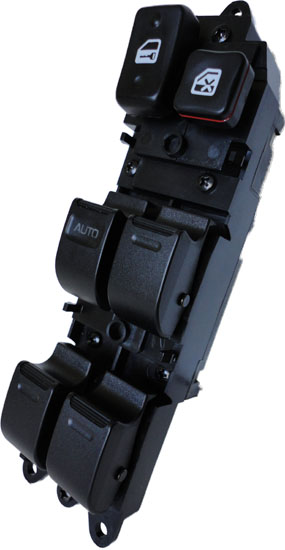Malleus
Far west of Siegen
Look at the EWD and you'll have your answer. The circuitry isn't there. Even if you put in a US Spec LH door circuit in your RHD LH door, the harness wouldn't support it. You can make it happen, it just won't be a five minute exercise.I was thinking this too. Having an RHD in the US, I was hoping I could make my passenger (LH) window auto as well.

